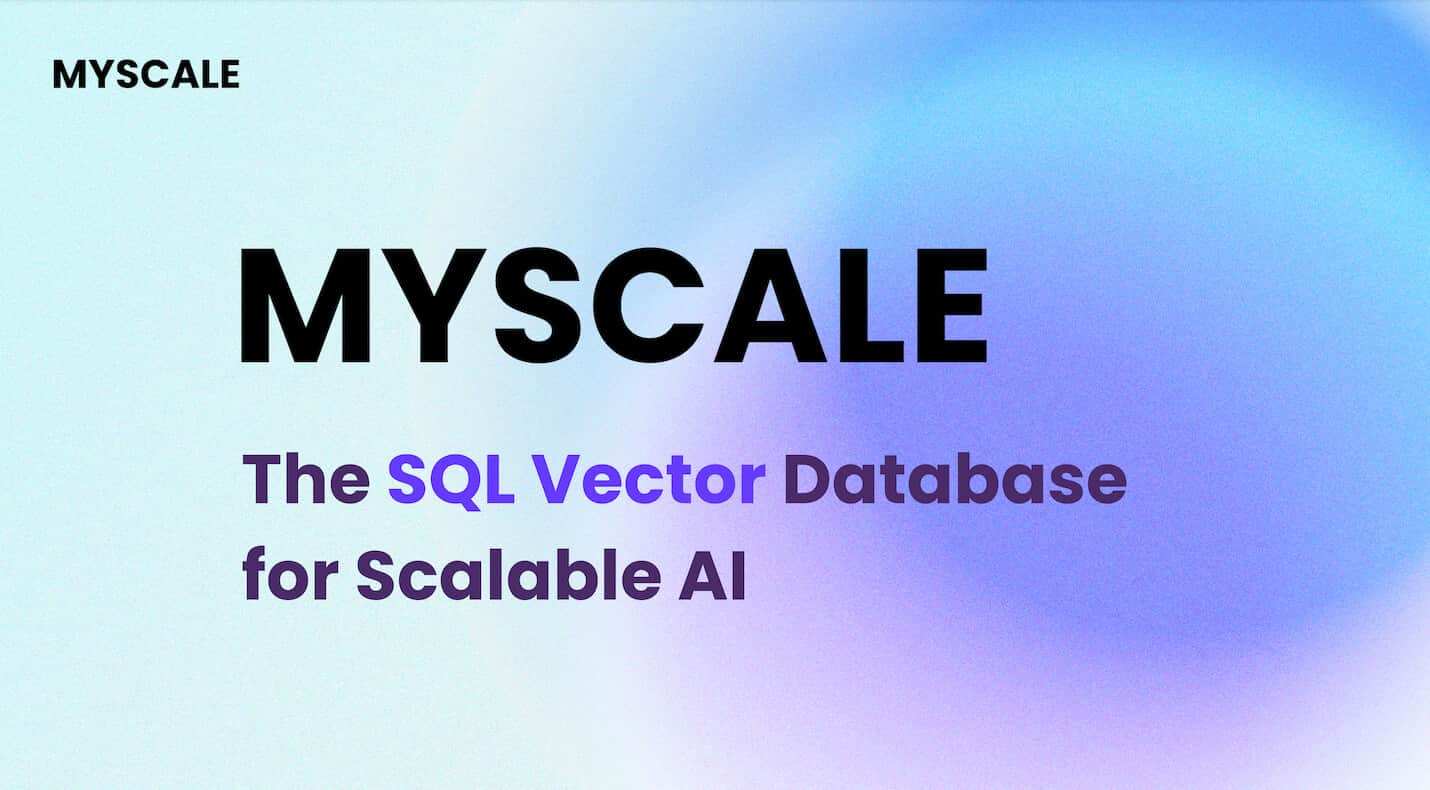# Introduction to RAG Validation and Its Importance
# What is RAG Validation?
In the realm of modern AI applications, RAG validation plays a pivotal role in ensuring the accuracy and reliability of AI-generated responses. It involves assessing how well systems like LangChain (opens new window) and Haystack (opens new window) can provide correct or near-correct answers consistently. The significance of RAG validation lies in its ability to enhance the quality of AI outputs, making them more trustworthy and valuable for various industries.
# Setting the Stage for Our Comparison
Before delving into the comparison between Haystack and LangChain, it's essential to establish the criteria for evaluation. We will analyze key performance metrics, user experience factors, and the learning curve (opens new window) associated with each platform. Understanding our competitors is crucial; while Haystack shines in documentation quality for RAG implementation (opens new window), LangChain stands out for its versatile applications across different sectors.
Let's explore how these two contenders stack up in the realm of RAG validation.
# Deep Dive into Haystack
When exploring Haystack in the realm of RAG validation, its performance shines brightly. During a comprehensive RAG assessment, Haystack showcased superior overall performance (opens new window) compared to its counterparts. This success can be attributed to its meticulous attention to detail and exceptional documentation quality (opens new window), which simplifies navigation and usage for developers and researchers alike.
# The Basics of Haystack
# Key Features and Capabilities
Haystack boasts a robust set of features designed to streamline the RAG validation process efficiently.
Its intuitive interface and seamless integration with various AI models make it a preferred choice for many developers.
The platform's ability to handle complex data structures with ease sets it apart in the competitive landscape.
# Haystack's Approach to RAG Validation
Haystack adopts a systematic approach to RAG validation, focusing on accuracy, consistency, and scalability (opens new window).
By leveraging advanced algorithms and cutting-edge technologies, it ensures that AI-generated responses meet stringent quality standards.
The platform's commitment to continuous improvement reflects in its consistent performance during rigorous validation tests.
# Strengths and Limitations of Haystack
# What Sets Haystack Apart?
Haystack stands out for its user-friendly interface (opens new window) and well-documented processes, making it accessible even to beginners.
Its ability to deliver precise and reliable results consistently positions it as a top contender in the field of RAG validation.
# Where Haystack Falls Short
While excelling in many areas, Haystack may face challenges when dealing with extremely large datasets that require specialized handling.
Improving scalability for massive data volumes could further enhance its competitiveness in diverse AI applications.
# Exploring LangChain
In the landscape of language processing, LangChain emerges as a powerful tool revolutionizing data interaction. By leveraging abundant data points (opens new window), LangChain significantly enhances Large Language Models (LLMs) (opens new window) through Retrieval Augmented Generation (RAG) (opens new window). This integration enables up-to-date responses and domain-specific answers, surpassing conventional models in accuracy and reliability.
# Introduction to LangChain
# Core Functionalities and Offerings
LangChain stands out as a comprehensive framework for developing language model applications (opens new window). It offers extensive control and adaptability for various use cases, making it ideal for scenarios requiring a broader framework.
The platform integrates with multiple tools, enhancing its versatility across different sectors. This integration allows access to a wide range of language models (opens new window) from providers like OpenAI (opens new window), Cohere (opens new window), Huggingface Hub (opens new window), among others.
# LangChain's Take on RAG Validation
- When it comes to RAG validation, LangChain excels in accommodating diverse natural language processing tasks and seamless interaction with external applications. Its feature-rich environment caters to complex enterprise chat applications (opens new window) but may pose a steeper learning curve compared to other platforms.
# Pros and Cons of LangChain
# LangChain's Unique Advantages
One of LangChain's key strengths lies in its ability to support a variety of use cases in NLP effectively. Its extensive feature set makes it tailored for demanding enterprise chat applications.
The platform's integration with various LLM providers ensures access to a broad spectrum of language models, enhancing the quality and diversity of responses generated.
# Challenges with LangChain
- Despite its versatility, LangChain faces challenges due to its steeper learning curve. Users may require more time and effort to fully grasp the platform's capabilities compared to more user-friendly alternatives.
In the evolving landscape of AI development, frameworks like Haystack and LangChain must adapt to emerging challenges in scalability and interoperability. These adaptations are crucial, especially in scenarios where hybrid approaches are necessary for handling complex AI applications.
# Haystack vs LangChain in RAG Validation
When comparing Haystack and LangChain in the realm of RAG validation, several key distinctions emerge. Haystack outperforms LangChain in overall performance, boasting better documentation quality (opens new window) and a more user-friendly interface. Its seamless integration with various AI models makes it a preferred choice for tasks like building large-scale search systems, question-answering, summarization, and conversational AI. On the other hand, LangChain impresses with its versatile applications across industries (opens new window), catering to comprehensive enterprise chat applications effectively.
In terms of usability, Haystack is considered more straightforward (opens new window) and easier to work with than LangChain, offering a smoother learning curve for users. The platform's intuitive API enhances user experience significantly, especially for those new to RAG implementation frameworks. Conversely, while LangChain is feature-rich and tailored for demanding enterprise chat applications, its steeper learning curve (opens new window) may pose challenges for beginners or those seeking swift prototypes.
In conclusion, the choice between Haystack and LangChain ultimately depends on the specific needs of the project at hand. Each platform brings unique strengths to the table, catering to different use cases within the realm of RAG validation.




